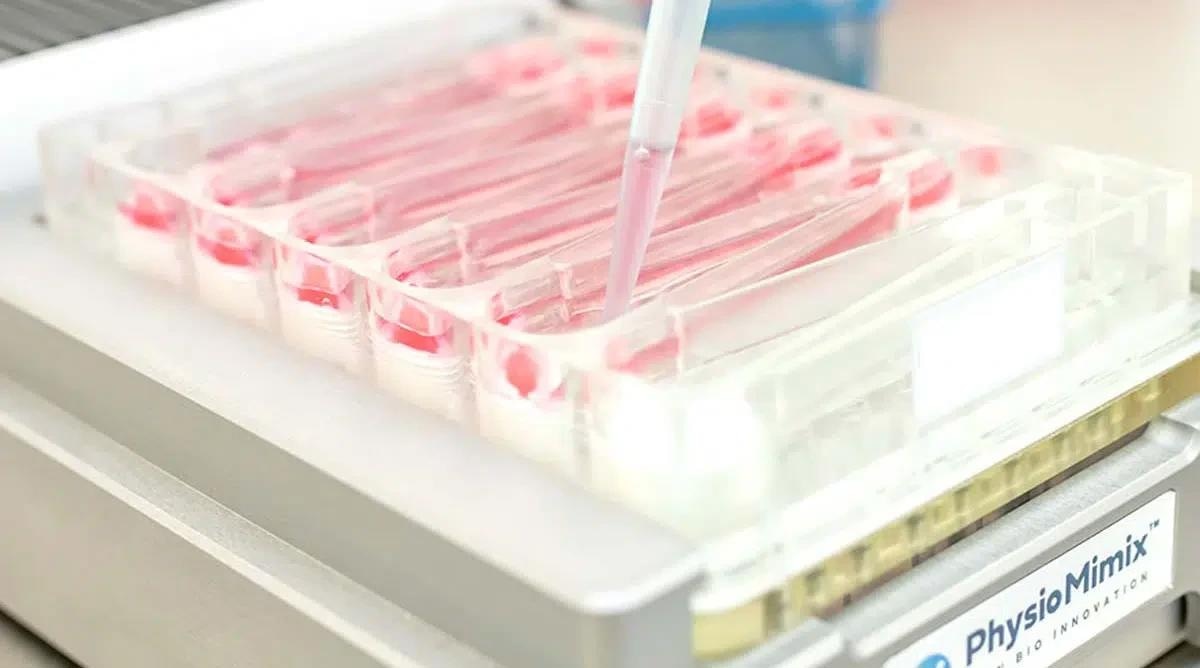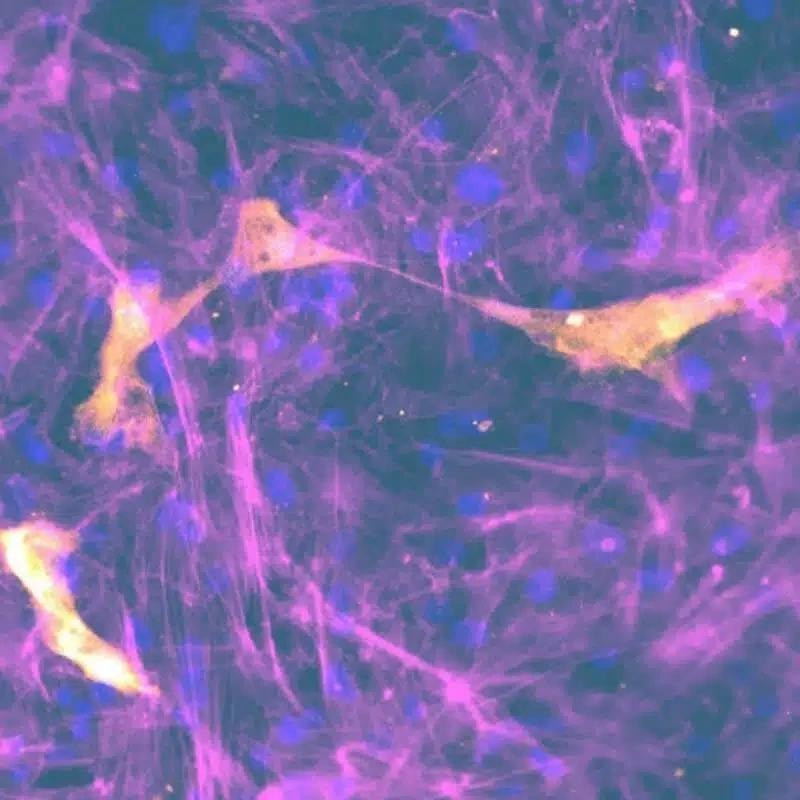The in vitro assays from CN-Bio are effective in predicting clinical outcomes. High-functioning, metabolically competent human single- and multi-organ models are used in studies on drug metabolism, metabolite identification, permeability, and bioavailability.
Service overview
To better inform the selection of lead candidates with desirable ADME properties, various single- and multi-organ models are provided to derive human-relevant data.
With this service, users can extract unique in vitro data by combining the knowledge with long-term, highly metabolically active cultures.
- Bioavailability estimation using multi-organ models to simulate the route of administration
- Method developed with protein-free cell culture medium in conjunction with low non-specific binding multi-chip assay plates
- Lung permeability in upper and lower airway models
- Hepatic clearance, including low clearance compounds and metabolite identification, including Phase I and II metabolites
- Gut metabolism and permeability
Customer feedback
Working with CN-Bio has been a pleasure, the team listened to our non-trivial requirements and made useful suggestions to help meet objectives. During the course of the project, the team were responsive and helpful. The results were delivered as agreed and helped us to move towards our goals.”
Dr Giuseppe Ferrandino, Senior Translational Scientist, Owlstone Medical
How the service works:
It is possible to model human ADME profiles in the liver, gut, lung, or combinations of multiple organs by using our PhysioMimix OOC systems.
This in vitro service provides previously unattainable insights into how drugs affect the human body through animal models.
The user’s designated contact will collaborate with them from the beginning to the finish of the project.Design and finalize experiment plan
- The customer supplies the required amount of drug(s)
- Growth and preparation of organ models before treatment – between four and 21 days, dependent on the assay selected
- Compound dosing and sample collection take up to four days, depending on the model.
- One to two weeks to run endpoint assays, analyze data and complete the report
- ~ two months to complete the study from receiving the order
- Media samples sent to customer, or third party for LC-MS analysis
Standard liver drug metabolism cell culture timeline

Image Credit: CN-Bio
Standard gut/liver drug bioavailability cell culture timeline

Image Credit: CN-Bio
Endpoint measurements

Image Credit: CN-Bio
Included, but are not limited to:
- Functionality biomarkers
- Liver
- Cytochrome P450 enzyme activity
- Albumin production
- Urea production
- Lactose dehydrogenase (LDH) release
- Gut or Lung
- Transepithelial electrical resistance (TEER)
- Lactose dehydrogenase (LDH) release
- Profiling analysis
- Liver
- Media samples ready for LC/MS analysis
- Cytochrome P450 enzyme activity
- Media samples ready for LC/MS analysis
Related applications
Drug absorption

Image Credit: CN-Bio
Co-culture gut and lung absorption experiments provide in vivo-like biological barrier qualities, allowing researchers to analyze compound absorption rates and better anticipate human results.
Drug metabolism

Image Credit: CN-Bio
Drug metabolism can be studied using in vitro liver, lung, and stomach models. These robust human models perfectly mirror the complexity of the physiological milieu, representing a significant leap in DMPK research.
Drug bioavailability

Image Credit: CN-Bio
The multi-organ oral bioavailability test, which includes connected gut and liver models, can offer precise estimates of human bioavailability early in drug development, increasing the likelihood of success in clinical trials.